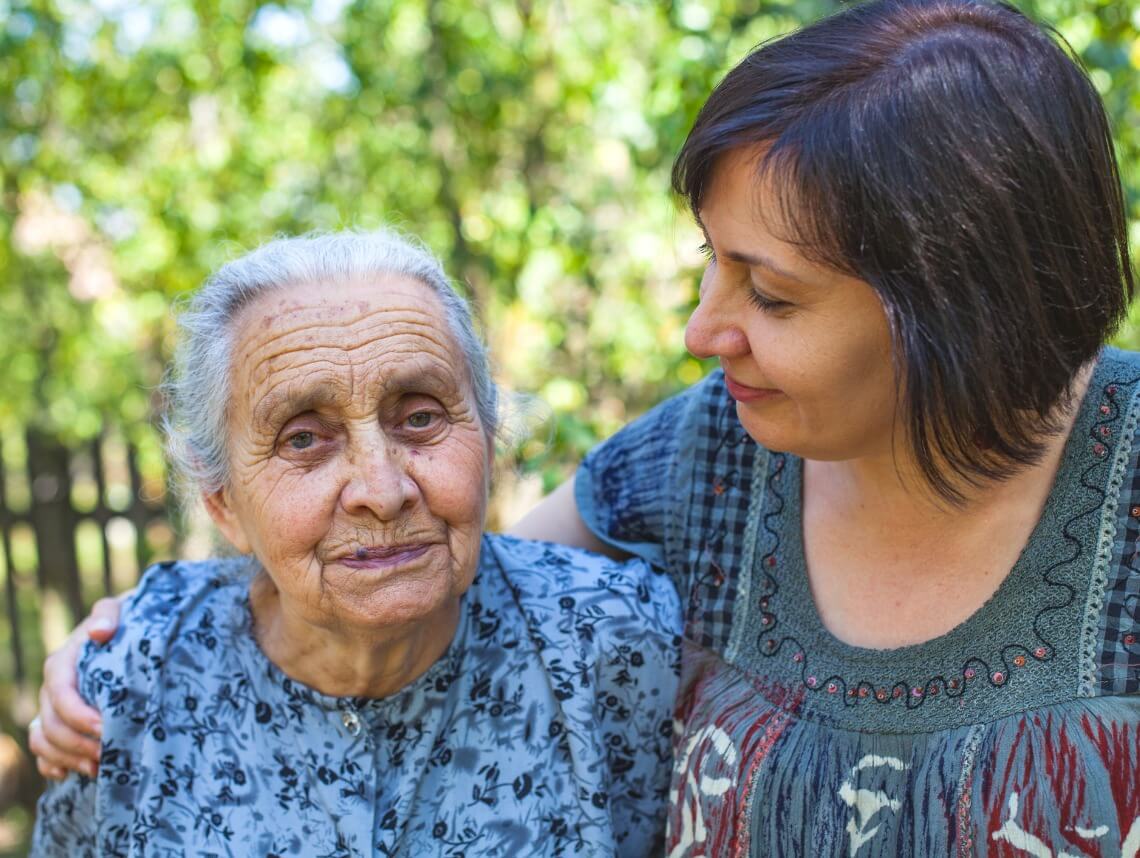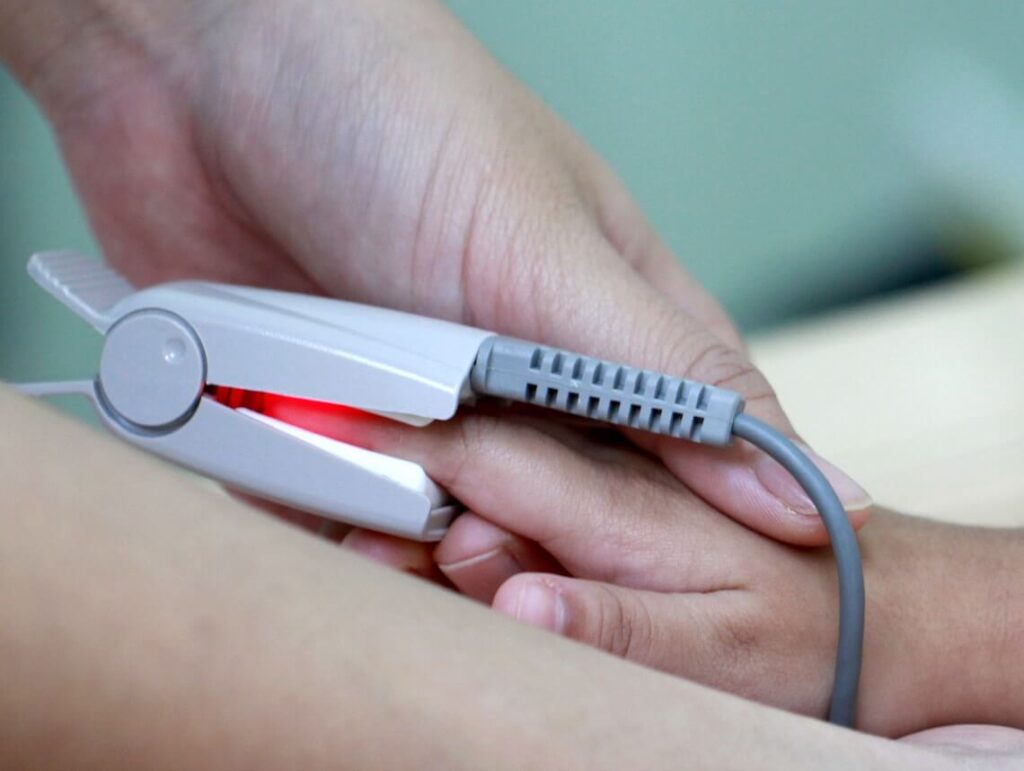Older adults who have Alzheimer’s disease tend to wander off, especially when in a new location or out in public. This can be extremely worrisome for the caregiver, giving them anxiety every time they take the elder out of the house.
Six out of 10 seniors with dementia will wander because many of these seniors who are accepting elderly care do not remember their name, address, or where they are, causing confused and anxious feelings.
This behavior includes attempting to leave, roaming, visiting, and rummaging. To assure safety, individuals should be assessed to determine possible causes of these episodes, and treated with behavioral, medical, or pharmacological interventions.
25 Tips to Prevent Seniors with Alzheimer’s from Wandering
While it is nearly impossible for the caregiver to watch their every move, there are some preventive measures that can be taken to keep the elder with Alzheimer’s safe during times they may attempt to stray from the person caring for them.
With these tips, your loved one who is accepting senior care will be much safer when in new locations.
- Do not leave a person with dementia at home alone.
- Monitor and record the individual’s wandering patterns – frequency, duration, time of day, etc. For example, if wandering occurs first thing in the morning, they might be hungry; in the late afternoon or early evening, they might be experiencing “sundowning“; and during the night, they might need to use the bathroom.
- Consult with a physician to see if medications can help. Individuals who wander as a result of delusions or hallucinations may require psychotropic medications.
- Provide recreational activities – music therapy, physical exercise, or movies, for example, to reduce boredom, under-stimulation, or lack of socialization that prompts wandering.
- Ensure that the individual is well fed, well hydrated, and using the bathroom since individuals may wander to fulfill these basic needs. Consider setting a schedule.
- Reduce environmental stimuli like loud music, screaming, or overcrowding that might spark this behavior.
- Outfit the individual with an identification bracelet, and put some form of identification in every jacket, pocketbook, or other article.
- Obtain a wristband transmitter, such as those used by Project Lifesaver, to more easily track wanderers.
- Have a current photo readily available and find out about leaving one on file at the police department.
- Secure doors in a way that doors are difficult to open.
- Add electronic chimes or doorbells so a caregiver is alerted if the individual attempts to exit.
- Identify bathrooms and other rooms with colorful signs to re-orient individuals.
- Post a large sign that says “stop” or “do not enter” on exits.
- Mask exit doors with a curtain.
- Place a black mat or paint a black space by exits, which may appear to be an impassable hole to those with dementia. Likewise, a large line, strip of tape, or VelcroTM may act as a barrier.
- Provide familiar objects, such as family photographs, slippers, and a quilt, to an individual living in a long-term care facility to make it feel like home.
- Put away essential items, such as the person’s coat, shoes, pocketbook, or glasses, since some individuals will not go out without certain articles.
- Look for changes in patterns. For example, those who begin to wander after a prolonged period in a facility may suffer from a new medical, psychiatric or cognitive complication. For instance, delirium may produce the abrupt onset of wandering.
- Check out in advance if your state has a missing persons alert system, most commonly known as Silver Alert. Florida does have a Silver Alert warning system.
- Make sure they have an ID. Having an ID somewhere on the older adult, such as putting on a medical ID bracelet or pendant. Also, pinning their address, name, and phone number in their jacket or on their clothing. This way, if they do wander off and do not remember where they live. By just giving them a wallet with an ID is not enough because it could easily get lost.
- Fence the area. Fencing the backyard will allow the elder who is getting in-home care the opportunity to get some fresh air without the caregiver becoming concerned the elder will leave the area.
- Talk to the neighbors. Introduce yourself to the neighbors and let them know the condition of your loved one. Make sure they know that they need to contact you if they find the senior walking by themselves. Also, have the elder meet the neighbors so that they become familiar with their faces.
- Make the home safer. Create a safer environment for your loved one by installing new locks and deadbolts on the doors and windows. If possible, install the locks high enough so that the elder is unable to reach it or does not know that it is there. Motion detectors will also alert you when a door is opened or closed.
- Use a GPS. Thanks to modern-day technology, wearable devices can now be used to track the location of a loved one. A GPS can be attached to the elder’s shoe or coat. If you are concerned they will try to remove this device from their clothing, consider adding a tracking device to their cell phone. Some devices can also send you an alert when they get too far away.
- Help the elder get more sleep. According to WebMD, poor sleep quality has been linked to increased wandering among seniors with Alzheimer’s. The best way to increase their sleep habits at night is to reduce naps during the day and get your loved one on a regular schedule of waking and sleeping.
Contact Care Options for Kids for Alzheimer’s Home Care Services
Care Options for Kids understands the difficulties families face when caring for loved ones with Alzheimer’s. We refer loving caregivers to provide expert Alzheimer’s patient care, ranging from respite services to around-the-clock care.
If you or an aging loved one are considering Alzheimer’s home care services, contact the caring staff at Care Options for Kids. Call today at (888) 592-5855.
Sources
WebMD: 10 Ways to Prevent Wandering
Alzheimer’s and Dementia Caregiver Center: Wandering






